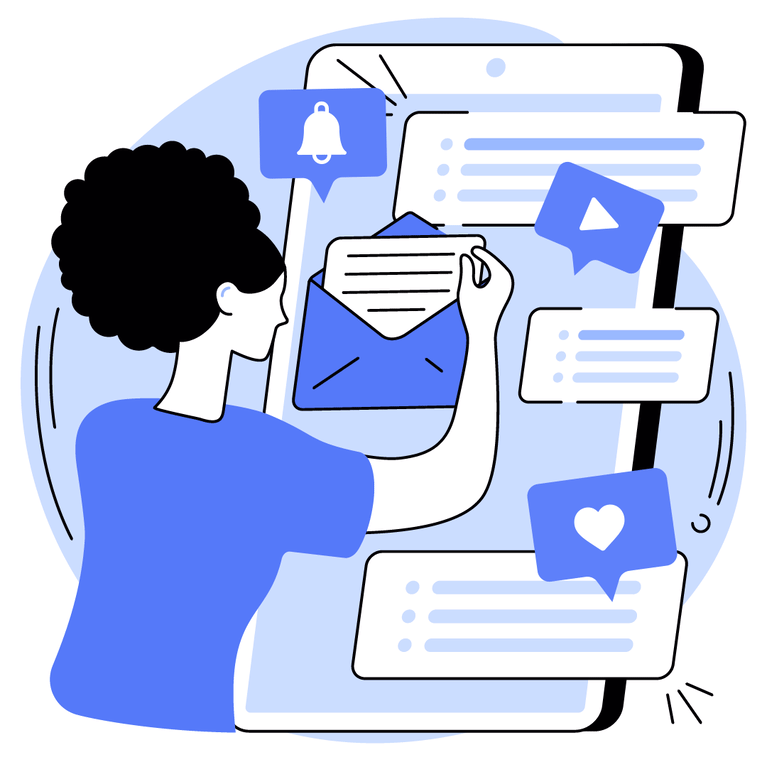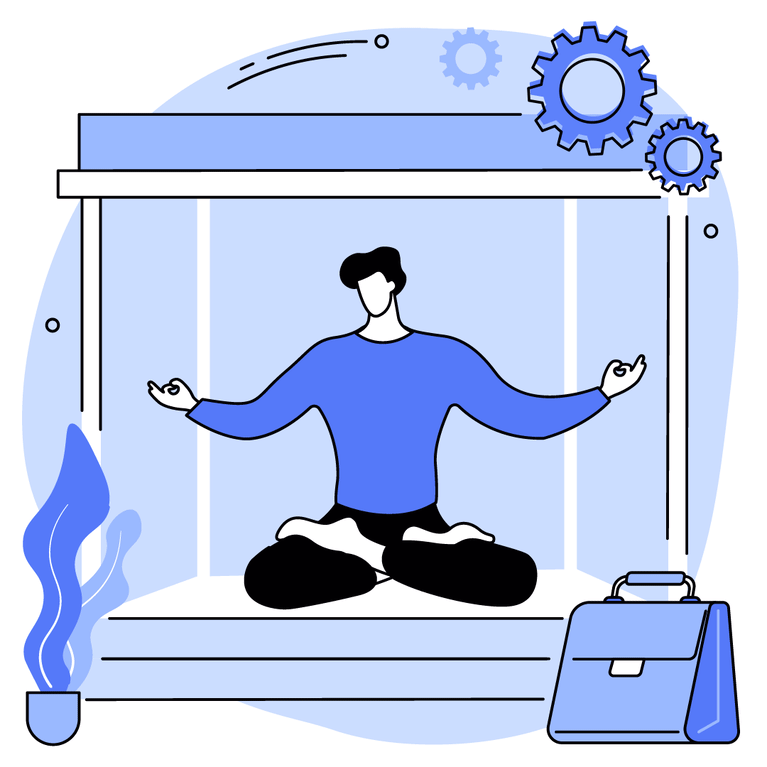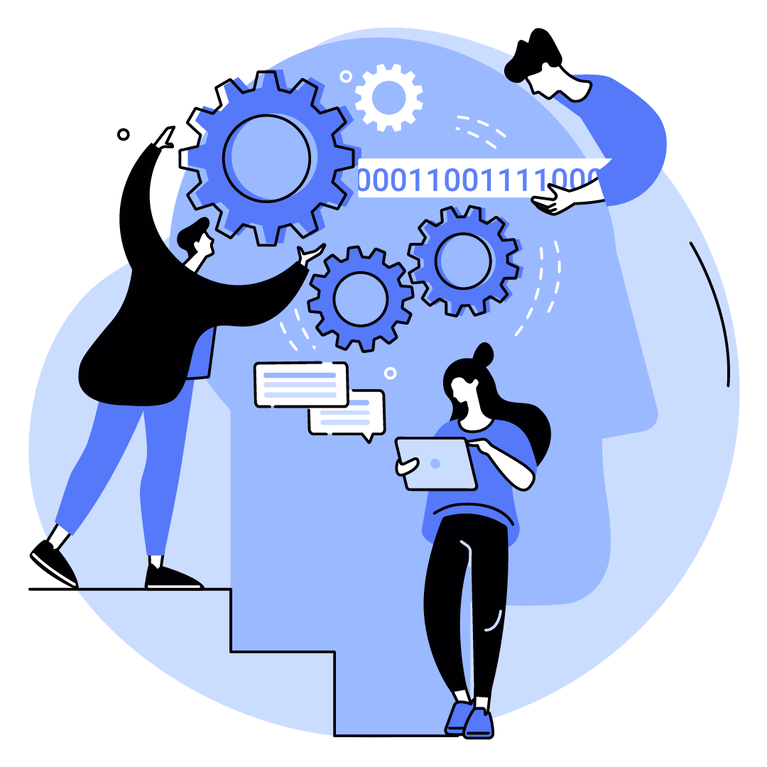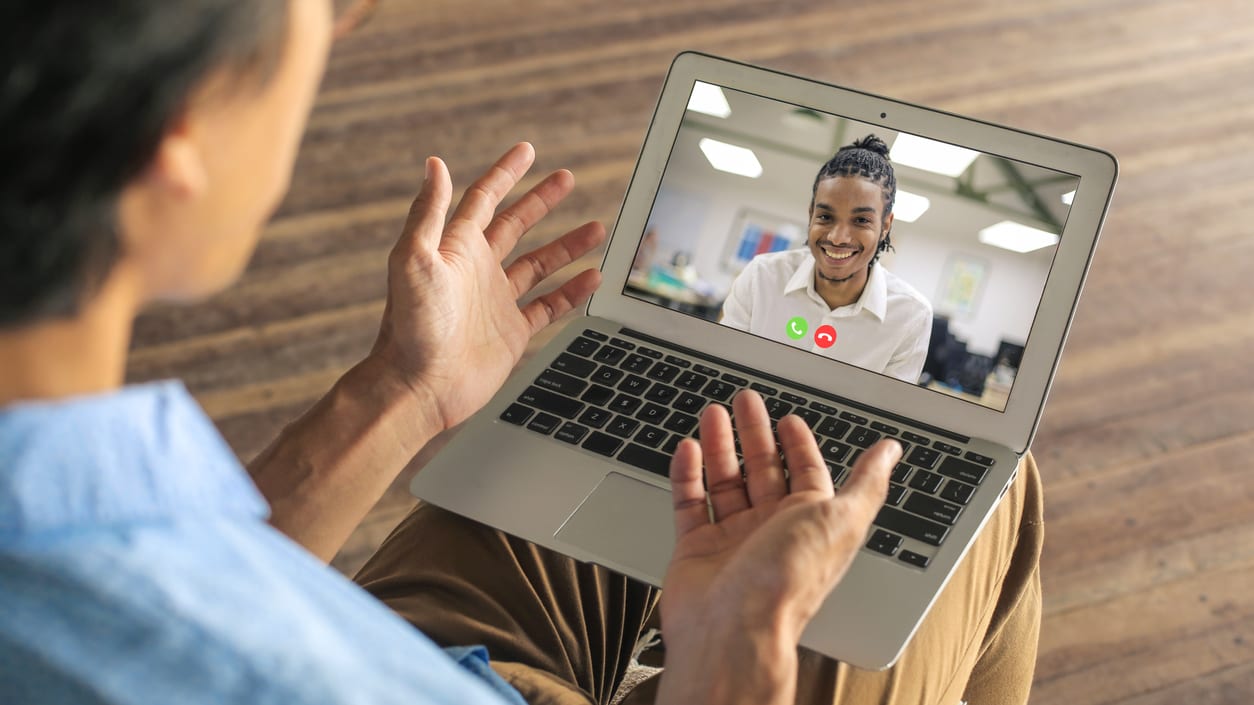How do you craft benefits that are meaningful to workers who are now isolated, stressed and dealing with caregiving responsibilities? How do you connect and communicate with colleagues you see only on Zoom meetings? How do you train employees who can no longer travel to seminars?
The pandemic forced HR professionals and employers to rethink how they operate. SHRM Online collected these lessons learned when the COVID-19 pandemic changed the way work is done; more responses are below.
Communication
"HR is expected to effectively communicate with employees, collaborate with business partners and meet the needs of all stakeholders. During the pandemic, we had to get creative and use storytelling. For example, many organizations updated their benefits for working parents during the pandemic, offering flexible hours to accommodate child care. But that left employees without children, who were also struggling, feeling ignored.
Sharing the personal stories of working parents bred empathy for their situations and helped others understand the policy changes. It also helps employees feel supported by their community—something no amount of policy changes can accomplish. That ties in with another important lesson: Communication must go both ways. Ensure you have rich and authentic feedback loops across the organization. Don't assume you know; ask questions to understand before you act."
—Dawn Mitchell, senior vice president of HR at Appian, headquartered in McLean, Va.
"Transitioning to remote work during the pandemic really forced me to fine-tune my communication. I've learned to ask more clarifying questions, provide background information to add context, and proactively give progress updates to offer insight and transparency into what HR is working on."
—Charlotte Kackley, SHRM-SCP, HR manager at Merchant Maverick, headquartered in Orange, Calif.
Connecting with Others
"I had to rethink and reimagine what establishing new relationships looked like. How I made efforts to get to know, connect with and ultimately how to collaborate effectively. No more relying on in-person time, I had to be creative, dedicated and consistent with spending meaningful time with others, to embrace the awkward until we pushed through into a zone of comfort."
—Megan Leasher, industrial psychologist and chief solutions strategist at Talent Plus, based in Lincoln, Neb.
Downsizing, Decluttering
"Companies have realized the need for less office space—maybe none at all—as the [number] of workers employed onsite has decreased. It is preferable to save money by leasing less space and making better use of working space, which would result in significant cost savings.
Companies should review their work processes and streamline and declutter where appropriate when following the 'less is more' principle. Some businesses have discovered that their pre-COVID processes were ineffective and have had to make changes to rapidly clear the deck and concentrate on the end goal. Processes that worked at the start of the pandemic may need to be changed now."
—Ben Rose, co-founder of Trainer Academy, based in Manchester, England
Employee Benefits
"Since the pandemic, I've learned that the benefits we offer our employees outside of the normal medical, dental and vision really matter. Additional benefits like the 24-hour nurse line and mental health support have made a difference in the lives of many employees during a time that has been stressful and life-changing for so many.
I've also learned that staying connected and being present is a state of mind that is not determined based on whether an employee is in the office or working remotely, but rather by how [invested] they are to the company's mission, values and goals and how the company supports their development and well-being. Once an employee buys into the company, they can surpass expectations even through a global pandemic."
—Adrienne Mitchell, assistant vice president of HR at NewDay USA, based in Fulton, Md. 
"One benefit we've added is a $70 stipend that employees can use at their discretion for things like the Calm app or wellness books to encourage them to take care of their mental well-being. We're also creating safe spaces for people to talk about mental health and share tips through monthly talks and focus groups, as well as a dedicated Slack channel.
Our leaders are compassionate, touch base with employees often, and are aware that what's going on in the world can impact performance and attitudes in the workplace. For example, knowing it would be hard to focus, our CEO told employees they could log off and stop working on Jan. 6 [when protesters stormed the U.S. Capitol] and encouraged them to take the time they needed to process what had happened."
—Sharon Schmidt, head of people and culture at GRAX, based in Boston
Rewards and Recognition
"We found inventive ways to boost morale by having virtual team-building activities. … Our internal system for rewards and recognition is almost like a social media platform where employees can hashtag other employees on why they deserve to be recognized and give them points. … We even revamped our internal landing page and offered a scavenger hunt to employees to see all the new features. The landing pages include new templates, internal reference guides, marketing materials and prerecorded training to help with day-to-day new software, etc."
—Ashley Cassuto, HR manager at Optima Office, headquartered in San Diego
Technology
"2020 was the most tech-reliant year for us. We upskilled those who weren't as tech-savvy and found useful apps for our team [to be] virtually connected. We also opened our arms to [artificial intelligence]. Now our processes are more automated and seamless. We're now able to focus on many more creative tasks. 
The mundane duties we had before have mostly disappeared, so our calendars can be filled with the interesting, interactive things we were excited about when embarking on our HR careers. We can see our key performance indicators for recruitment have improved, and we owe it to technology. The tough times have shown us that technology is our friend and we can use it to bridge the remote working gap fairly well."
—Magda Zurawska, HR specialist at ResumeLab, based in Warsaw, Poland
Training
"We have learned so much since the onset of COVID-19. … Training and developing employees in a remote setting isn't impossible, it's just different. You need to oftentimes talk slower and go slower in the training and follow everything up with specific directions in writing. We have developed comprehensive language and policies around working from home and working in an office safely with COVID.
"We have also created a lot of different ways to connect with employees while working remotely. We do a biweekly coffee break together over Microsoft Teams as a way to celebrate big wins and connect as a group. We do one-on-ones through Microsoft Teams and our manager huddles. We will be meeting for an outdoor lunch in mid-April and in mid-July, so we remain safe but also create the team building that is essential for an organization."
—Jennifer Morehead, CEO at Flex HR, based in Atlanta
Advertisement
An organization run by AI is not a futuristic concept. Such technology is already a part of many workplaces and will continue to shape the labor market and HR. Here's how employers and employees can successfully manage generative AI and other AI-powered systems.
Advertisement



